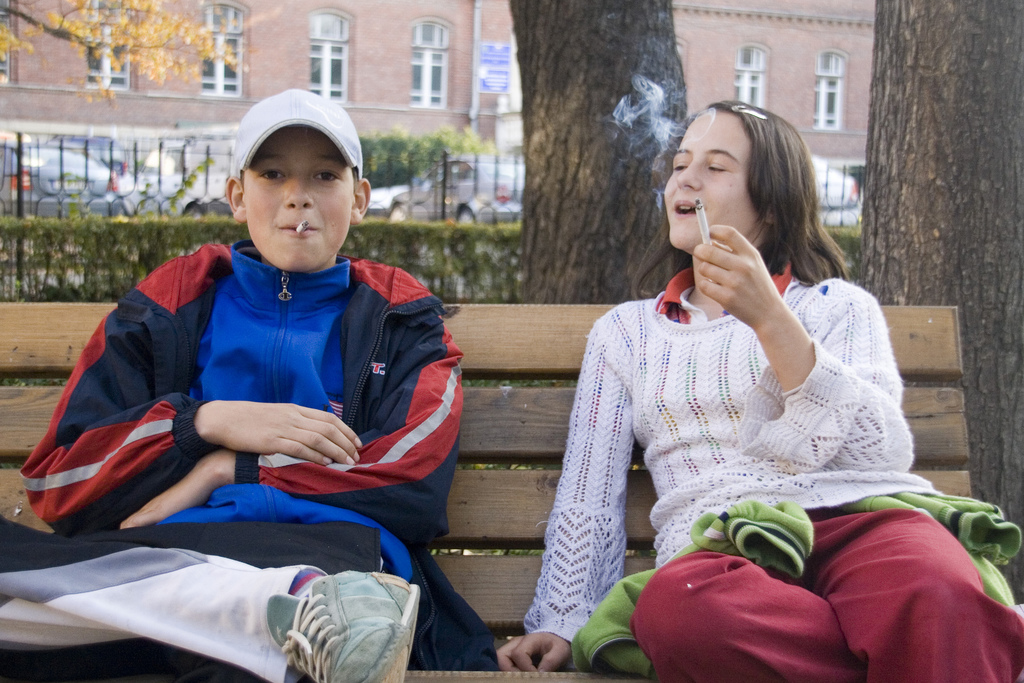With a tobacco retailer on every corner and youth loitering on the street smoking on every bench, you would expect that growing up in a deprived neighbourhood would increase the probability of kids ending up smoking. Delft researchers showed otherwise.
Over the past two decades, there has been more research examining how neighbourhoods impact the health of their residents. Studies revealed that people who live in more deprived areas are more likely to smoke and less likely to quit than those who live in richer parts of the city. But the relationship between neighbourhood deprivation and smoking behaviour is complex, with multiple mechanisms and social pathways having an impact.
If policy-makers and health workers want to tackle the smoking pandemic, one crucial question that needs to be clarified is whether people smoke because of the neighbourhood they live in (is there a causal link?) or whether they smoke in high numbers because they are poor – socio-economic status is strongly linked to smoking behaviour. If there is a causal link, you would expect interventions like limiting the number of tobacco retailers, for instance, to influence smoking incidence.
That is what Delft researcher Maarten van Ham, Professor of Urban Renewal and Housing at the Faculty of Architecture and the Built Environment, set out to investigate together with two colleagues from the University of Bristol (UK). Their work was published last month in the journal PLOS One.
‘Until now, studies only provided snapshots’
“The evidence for neighbourhood effects on smoking is based largely upon short time-span data measuring the limited duration of exposure,” says Van Ham. “As a result, inferences drawn from these data are associational and unsuitable for identifying directional (causal) neighbourhood effects. These studies provide only a snapshot.”
For their study, Van Ham and his colleagues unleashed statistics on data of almost 3,000 children born in 1991 and 1992 in Avon in South West England: the Avon Longitudinal Study of Parents and Children (ALSPAC) dataset. At the age of seventeen, these children self-reported their weekly cigarette consumption as part of a battery of questions on smoking habits.
The researchers compared the smoking habits of youths that spent the entirety of childhood in non-deprived neighbourhoods, with those that were born in similar neighbourhoods but transitioned to deprived areas later in childhood, with children born in poor places that moved away to non-deprived neighbourhoods later in childhood, and with those that spent the entirety of childhood in poor neighbourhoods, experiencing only deprivation.
“By doing so we could correct for socio-economic factors and neighbourhood effects. We found that the odds of smoking stayed the same when we corrected for neighbourhood effects. The chance that a child that grows up in the poorest areas in England starts smoking is double that of a child growing up in the richest. That difference can almost solely be attributed to the smoking behaviour of parents.”
Do you have a question or comment about this article?
tomas.vandijk@tudelft.nl


Comments are closed.